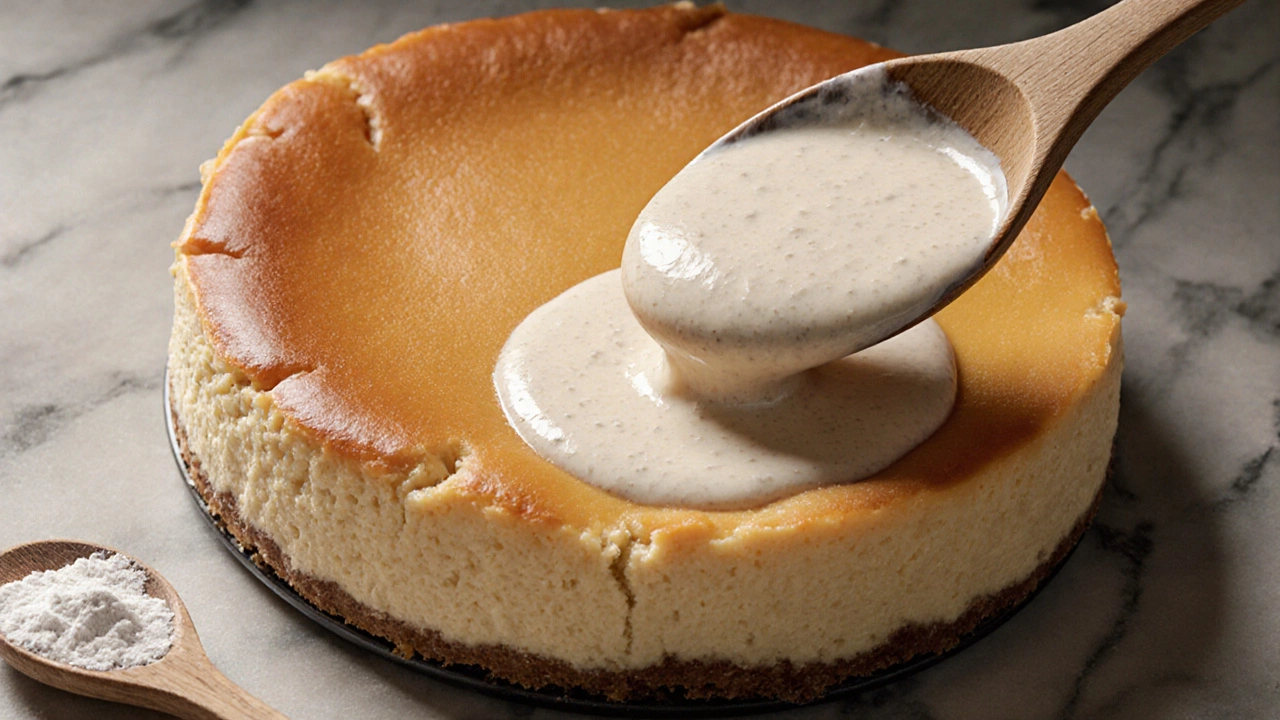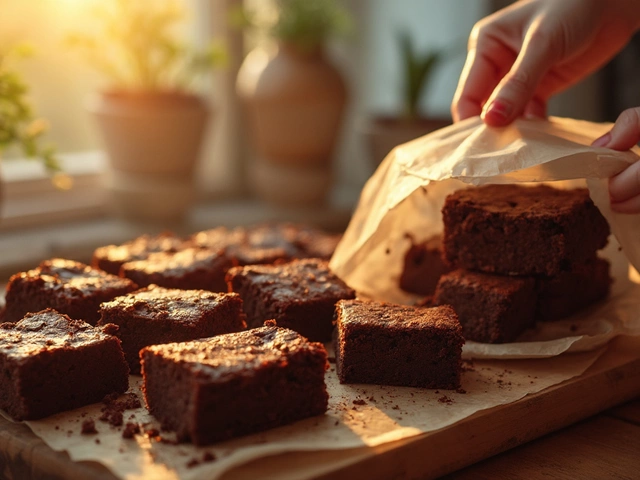Cheesecake Flour: What It Is and Why It Matters in Baking
When you think of cheesecake flour, the type of flour used in the crust, not the filling, to provide structure and texture. Also known as cake flour, it’s the quiet hero behind every smooth, crack-free cheesecake. Most people assume cheesecake is just cream cheese and sugar—but the crust? That’s where flour plays its part. Skip the wrong kind, and you get a soggy, crumbly base. Pick the right one, and your cheesecake holds together like it was made by a pro.
Not all flours are created equal. cake flour, a low-protein flour milled from soft wheat, designed for tender baked goods is the gold standard for cheesecake crusts. It’s finer than all-purpose, and it doesn’t create gluten the way regular flour does. That means your crust stays crisp, not chewy. If you’re avoiding gluten, gluten-free flour, a blend of alternative flours like rice, almond, or tapioca that mimics wheat flour without gluten works too—but only if you use a 1:1 substitute blend with xanthan gum. Plain almond flour? Too oily. Coconut flour? Too absorbent. Stick to blends made for baking.
Why does this even matter? Because cheesecake isn’t just about the filling. The crust holds everything. A weak crust means your slice falls apart. A greasy crust makes the whole dessert feel heavy. And if you’re using graham crackers? They already contain flour. So you’re not just adding flour—you’re layering it. Too much? Dry, crumbly mess. Too little? Wet, mushy base. The trick is balance. Most recipes call for 1/2 to 3/4 cup of flour per 1.5 cups of crushed crackers. Mix it with melted butter, press it down firm, bake it just until golden. That’s it.
Some bakers swear by adding a pinch of salt or cinnamon to the flour mixture. Others swap half the flour for ground nuts. That’s fine—but don’t overcomplicate it. The goal isn’t to reinvent the crust. It’s to make it reliable. You want something that holds up under thick cream cheese filling, stays crisp after chilling, and doesn’t turn to paste when you cut into it. That’s why cheesecake flour isn’t optional—it’s the foundation.
Looking at the posts here, you’ll see why this matters. Articles like Why Sour Cream Is Added to Cheesecake and Why American Cheesecake Tastes Different dive deep into the filling—but none of it matters if the crust fails. And if you’re using gluten-free flour for dietary reasons, you need to know which blends actually work. The same goes for anyone who’s tried making a cheesecake, only to have the crust crumble at the party. It’s not your fault. You just used the wrong flour.
Below, you’ll find real recipes, real fixes, and real advice from people who’ve been there. No fluff. No guesswork. Just what works—whether you’re baking for a birthday, a holiday, or just because you crave something creamy with a crunchy base. This isn’t about fancy techniques. It’s about getting the basics right. And the first step? Choosing the right flour.

Why Do People Add Flour to Cheesecake? The Real Reason Behind the Ingredient
Flour in cheesecake isn't for flavor-it's for structure. Learn why a small amount prevents cracks, sinking, and messy slices, and how to use it right for perfect baked cheesecake every time.
View More




